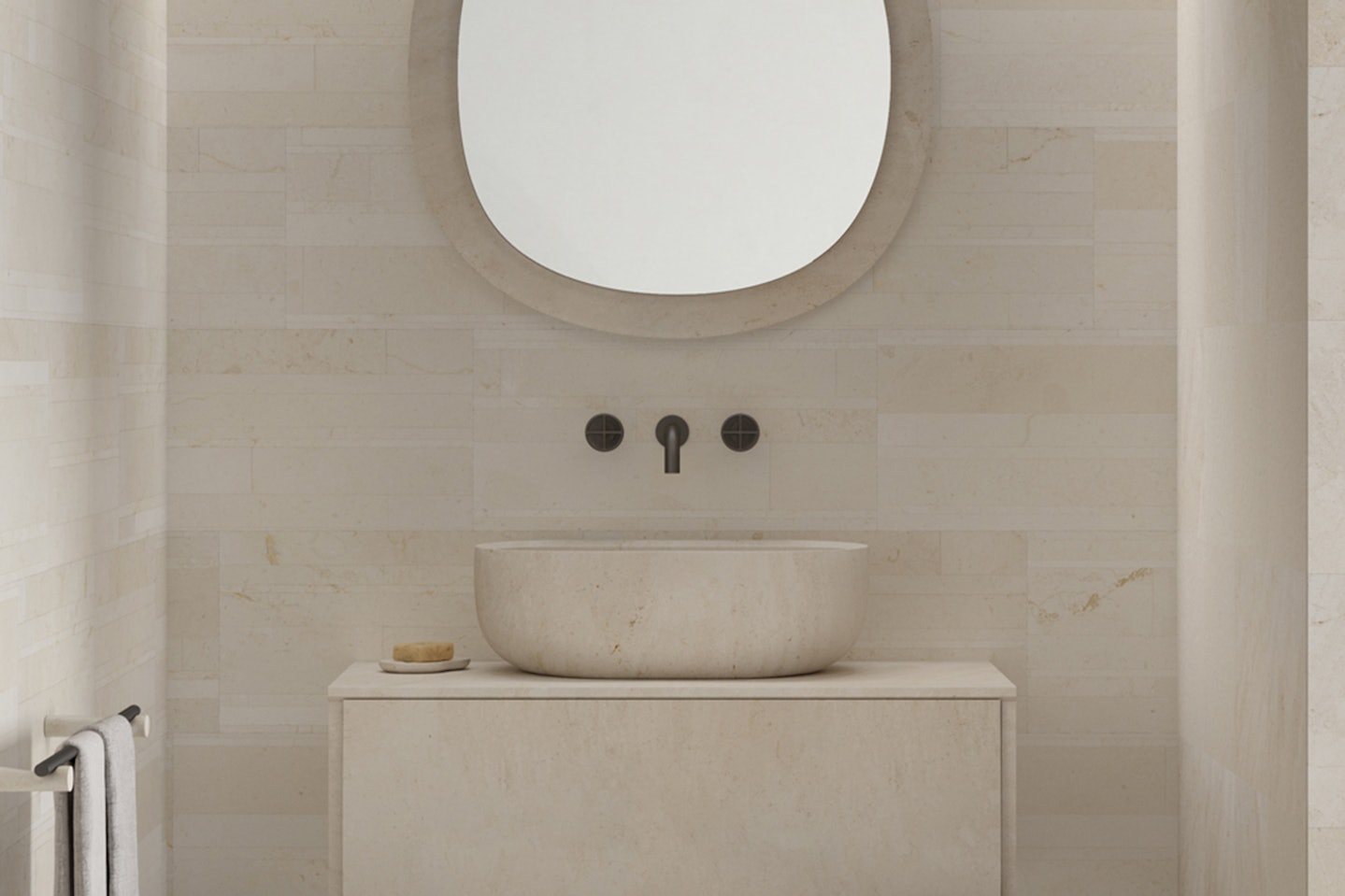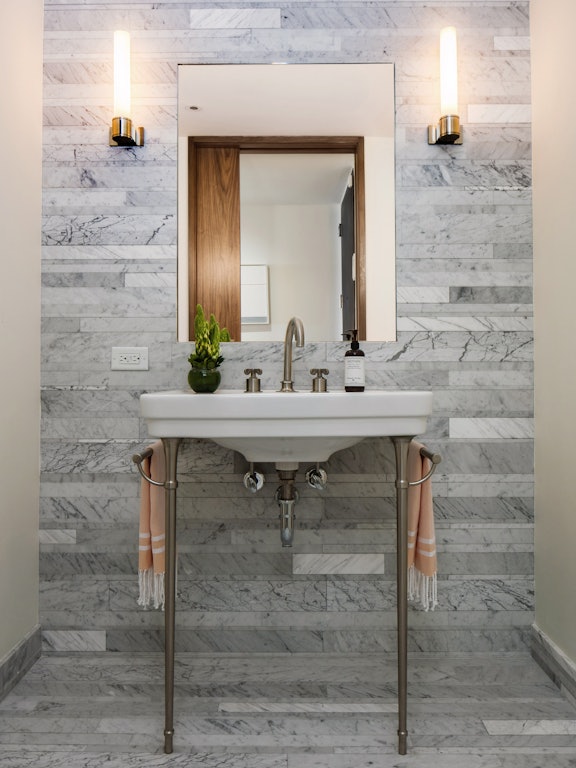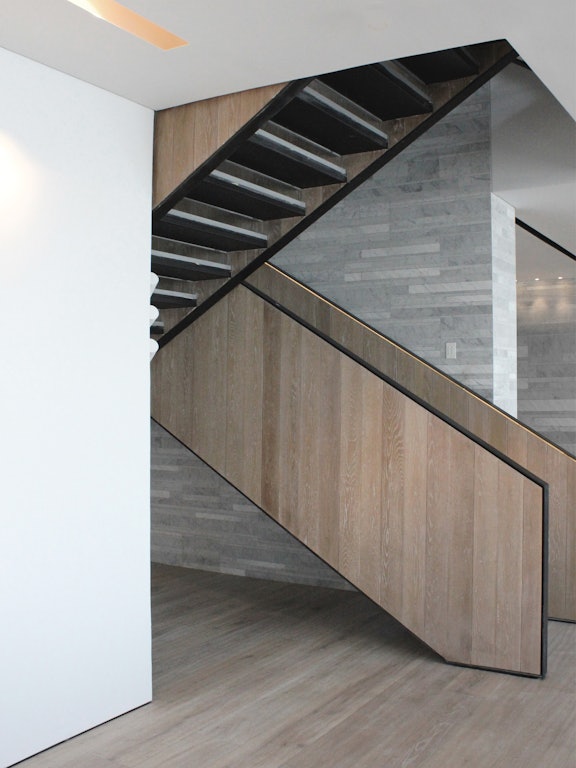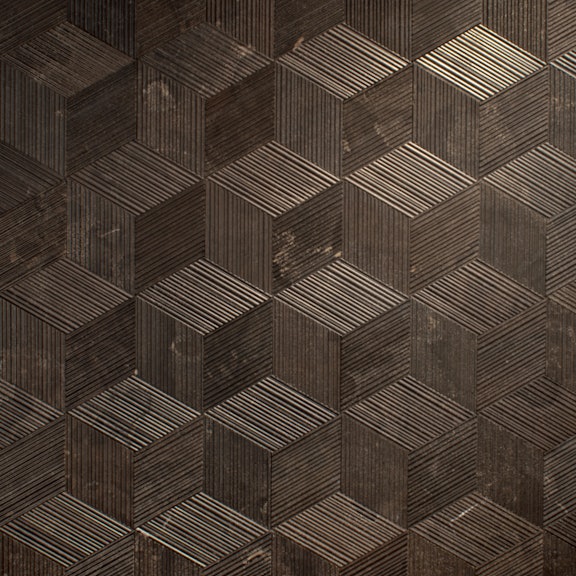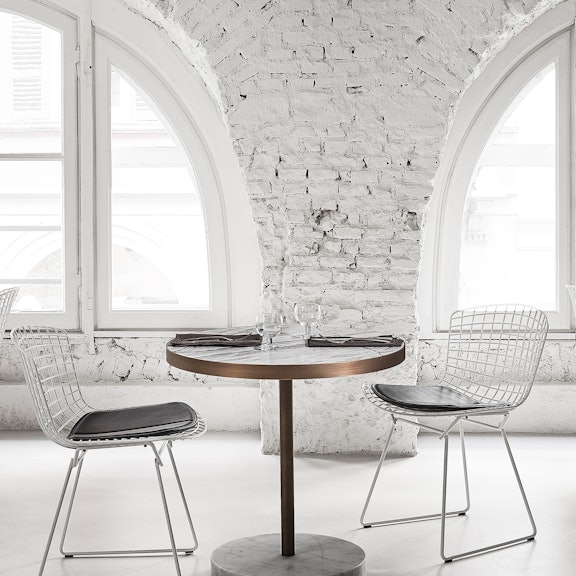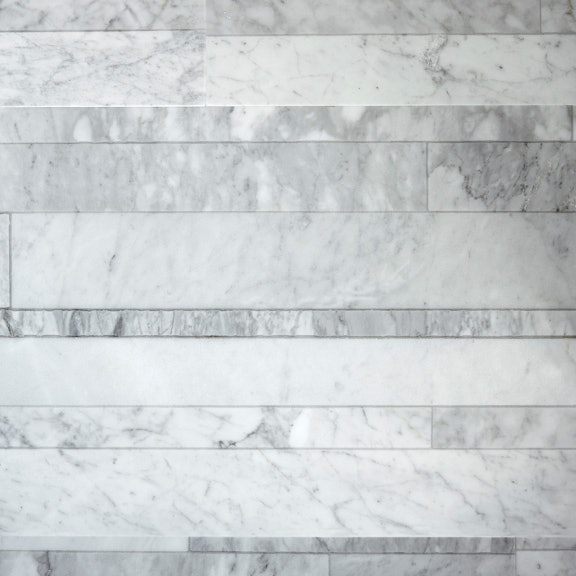Design and sustainability: a union to improve the future
03.2022
Learn how a green perspective influences product development and how it can improve the future
The indispensable role of sustainability in contemporary design
In contemporary design, the role of sustainability has now assumed a central position. Today, designers have a clear ethical duty to concern themselves with how the products they create are made: we at Salvatori are firmly convinced of the fundamental role that companies can play.
Offering consumers products designed and manufactured using a green perspective is a unique opportunity for us to generate a natural and indispensable drive to safeguard our planet.
We believe that companies can really make a difference by bringing about a change in consumer mentality: making sustainability a fundamental criteria in the decision to buy a product is an important step towards a necessary reversal of modern consumerism.
Salvatori’s corporate philosophy has been focused on eco-design since 1975: we were the first in the stone industry to develop and implement a production system that would allow us to purify and recycle the water needed to process natural stone.
We understood from the start that environmentally friendly production was never just about what type of material you use.
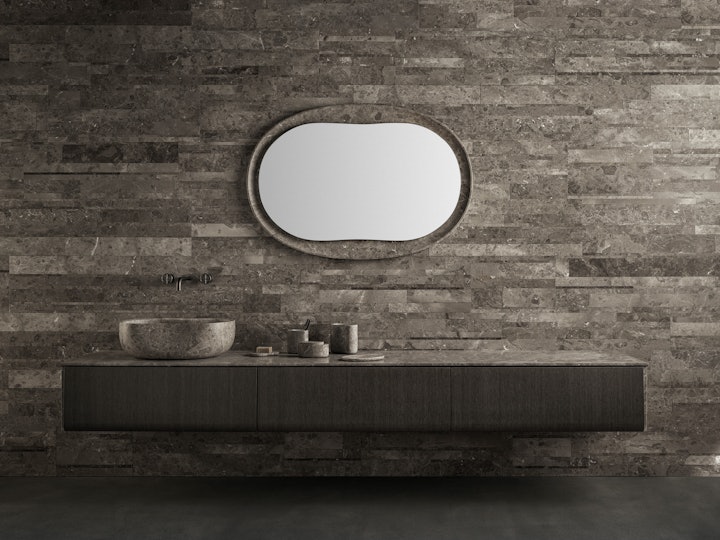
The evolution of sustainability: the cycle design
Talking about sustainability in design today no longer means only making products that use recyclable raw materials.
The focus must be shifted to the entire production cycle: from conception to final disposal, everything must be designed to reduce the project’s impact on the planet as much as possible.
For this purpose, Life Cycle Assessment (LCA) was created, a standard methodology that allows us to assess the impact of a product throughout its life cycle: the various stages of each material’s production, the manufacturing of the object, distribution, use, and disposal, are analysed to understand how to reduce the product’s overall effect on our resources.
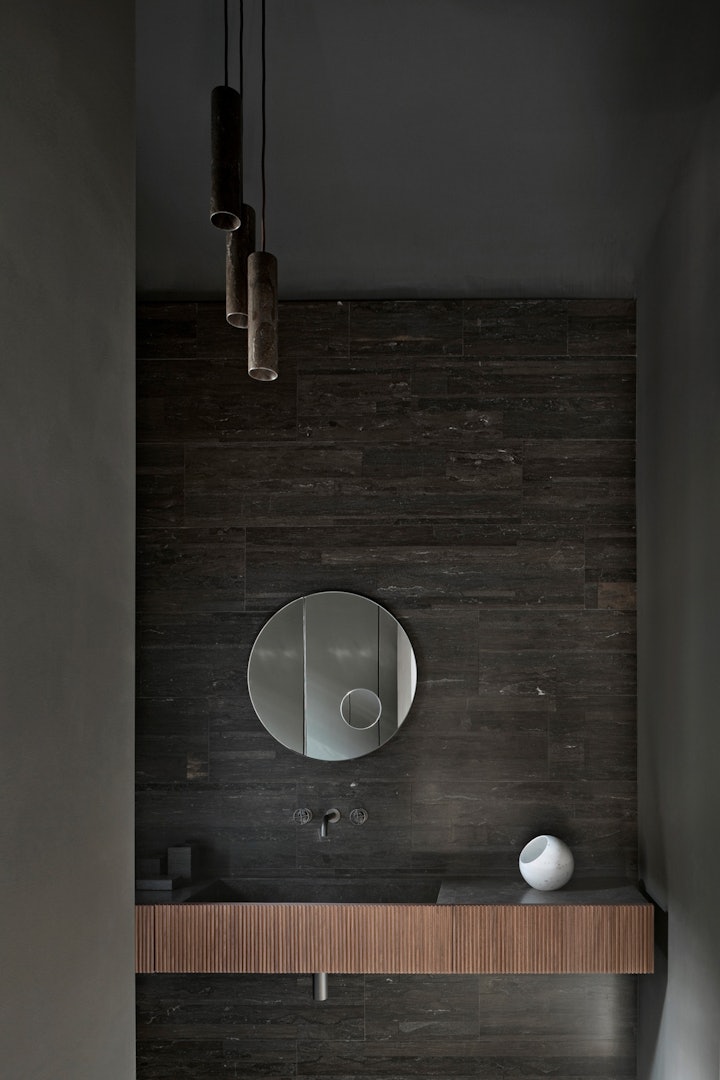
Marble in itself is a totally natural resource and already an example of recycling: born from accumulations of limestone and fossil materials, through a process of metamorphosis marble transforms and revalorises these deposits, restoring their beauty and usefulness.
After having paid great attention to the entire pre-production phase (attention which began in 1975 and has never stopped), the next step of Salvatori towards Cycle Design was to understand how to re-evaluate and recycle the manufacturing waste.
In fact, when it comes to processing a material as varied as marble, frequently waste doesn’t mean defect: a vein that is too evident or a salt mark that is too large may not meet the customer’s aesthetic taste, and for this reason large percentages of a block may be discarded.
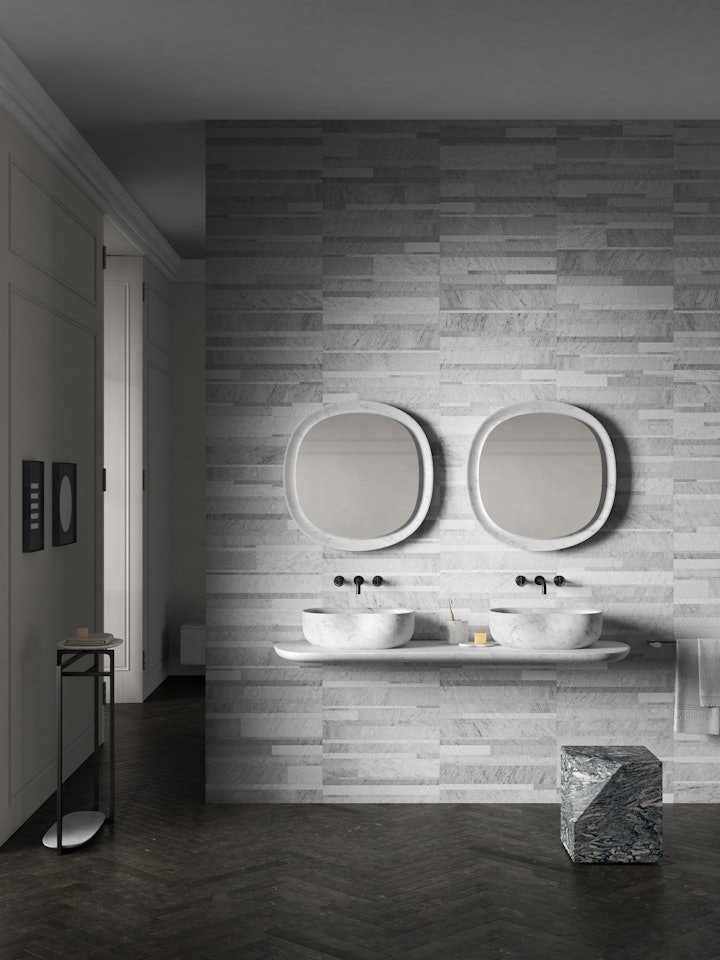
Re-evaluating those scraps of material that do not present a defect, but rather preserve what makes natural stone so unique and irreproducible, seemed to us a duty, as well as a gesture of love towards the environment.
This is how, in 2010, Lithoverde® was created, the first finish in the world to be composed of 99% recycled stone. The remaining 1% is composed of a soy-based, completely natural resin that binds together the specially cut and repurposed scrap slabs: every piece binds completely to the other, in a tremendously beautiful texture that is unique for its extreme and unpredictable variegation.
After winning numerous prizes and awards for the innovation that Lithoverde® represents even today, and having developed numerous projects for the reuse of stone, we realised that trying to develop an entire production and marketing process for marble that respects its intrinsic naturalness was essential and apt: not only do we ship 40% of our production using totally green recycled paper and cardboard, but we are also collaborating on the design of edible packaging systems, in a full cradle-to-cradle view, which sees the end of the cycle as the birth of a new path and not an end in a landfill.
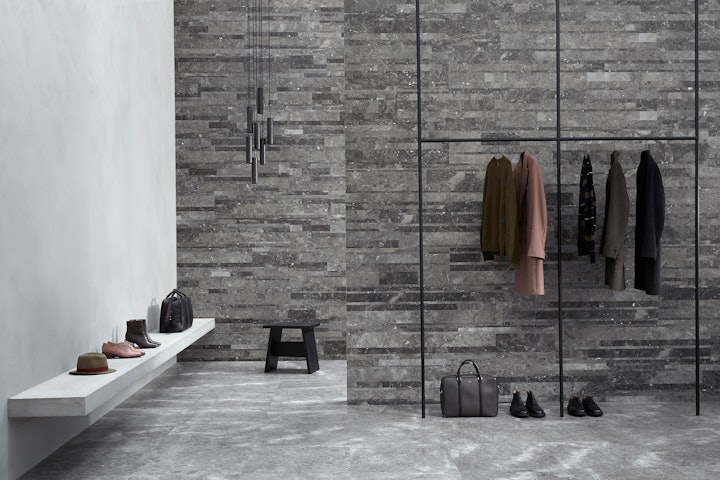
The encounter between design and sustainability: against the logic of disposability
So, as we have seen, to create a sustainable design product it is not enough to use certified ecological materials. For example, designing a seat from recyclable but non-durable materials which need to be replaced very often is certainly a worse alternative to making a seat from unethical but durable materials.
Breaking down the logic of excessive consumerism and products with limited use is another great mission of the synthesis between design and sustainability: producing objects that are not only beautiful but also durable makes it possible not only to combat a continuous waste of resources, but also to spare all the pollution caused by the packaging and transport systems that allow the product to enter the commercial chain.
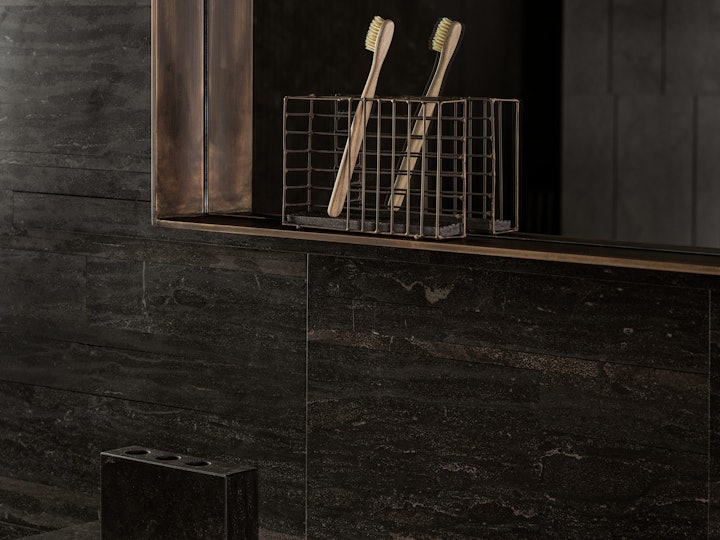
A material such as marble responds excellently to this need: its innate resistance is demonstrated every day by ancient symbolic buildings that to this day stand stoic and beautiful against the passing of time.
In addition to the value of a floor that preserves within it the steps and the life of generations that have followed one another over the years, the choice of such a long-lasting covering allows considerable savings in terms of the need to replace or renovate it.
The creation of a beautiful, durable product with a sustainable process qualifies as the perfect synthesis of design and sustainability.
